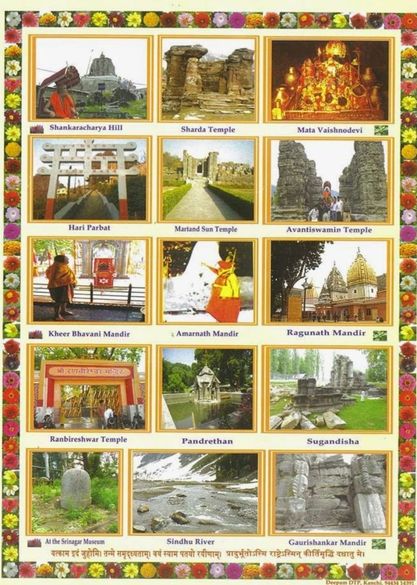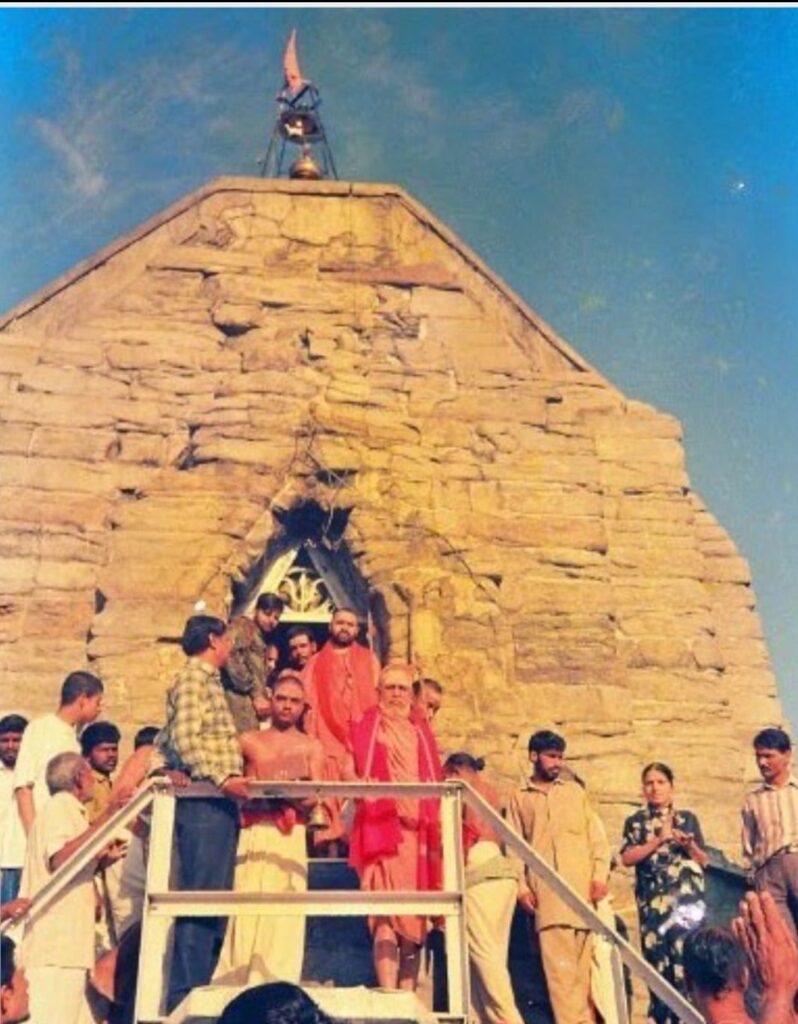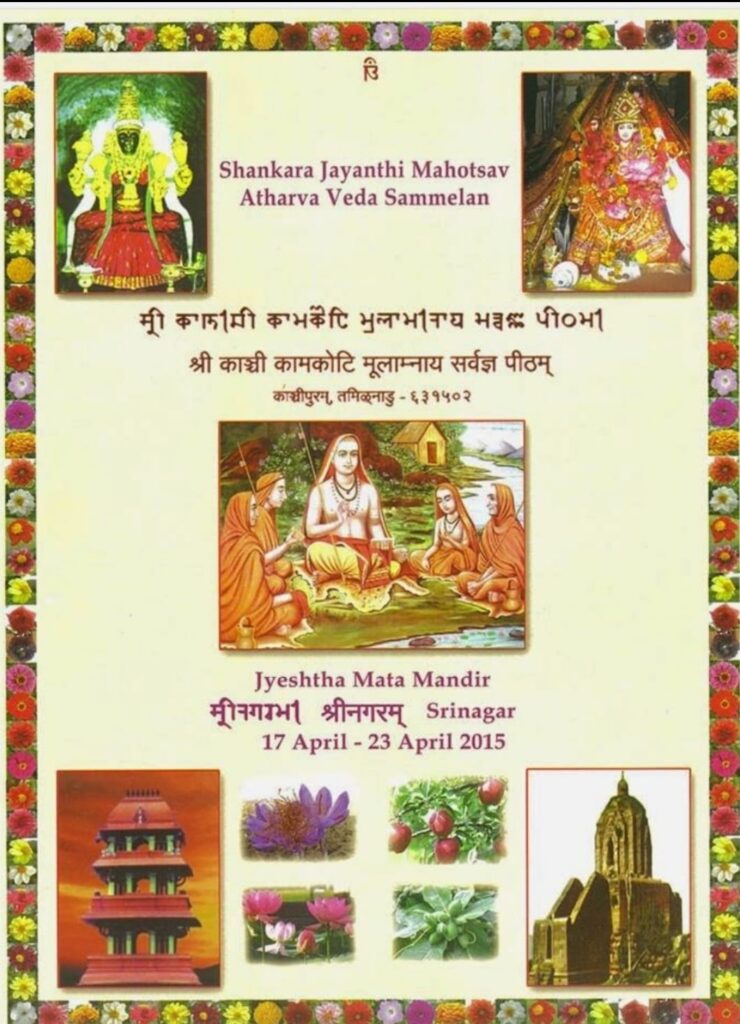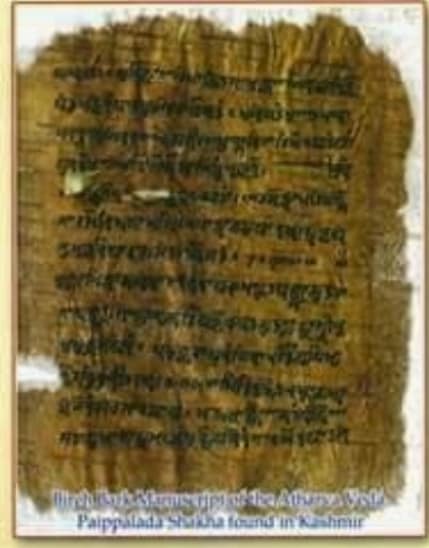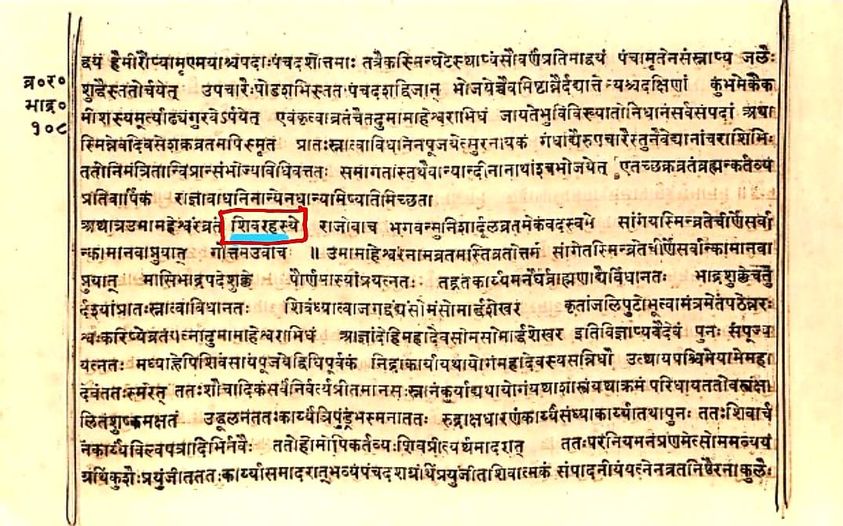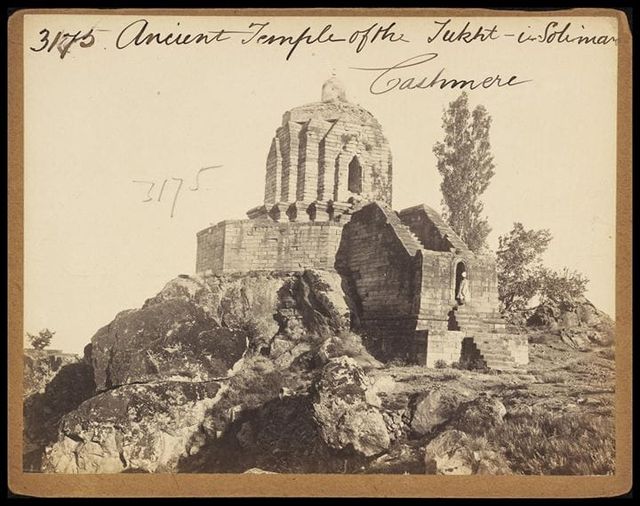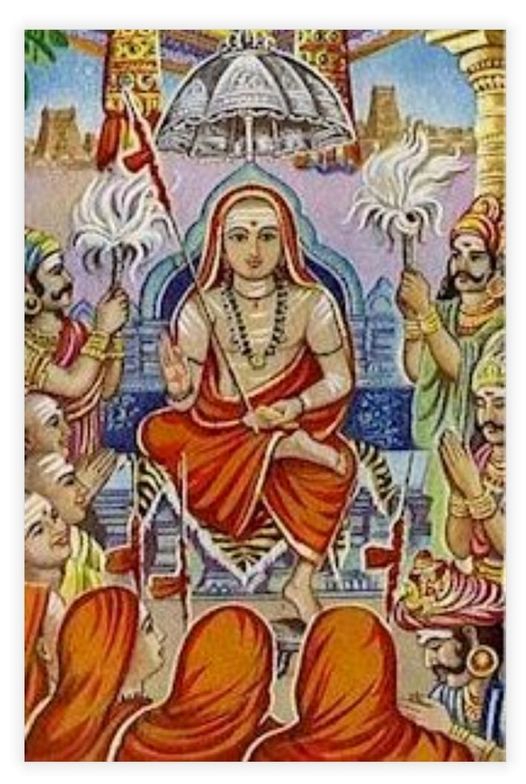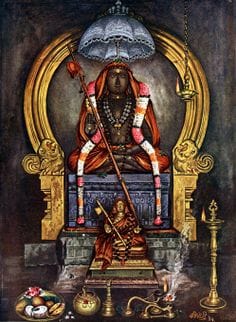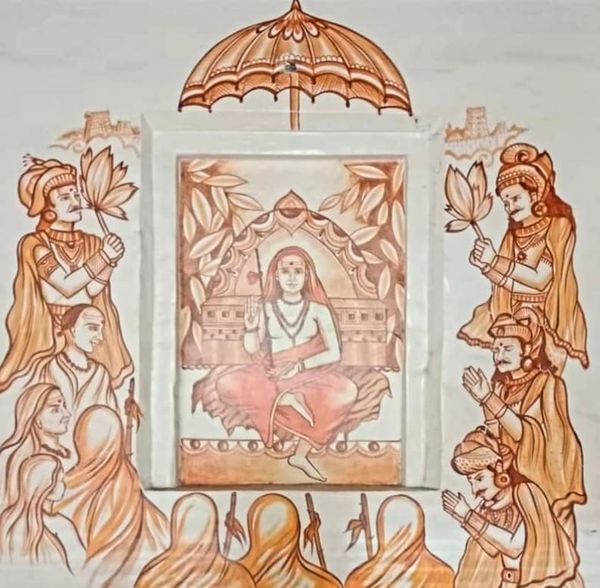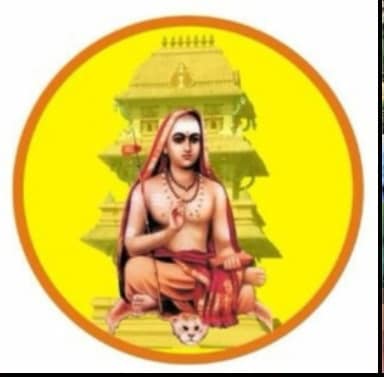The Atharva Veda Tradition in Kashmir
A very old copy of Atharva Veda manuscript (Birch Bark) in the Sharada script found in the then Maharaja’s library was given to a German Indologist.
As early as 1870, searching for Atharvaveda manuscripts Prof. Rudolph von Roth, the German Indologist wrote to the Maharajah asking for the manuscript. The Maharaja however, declined. Prof. Roth then wrote to him asking for a Devnagari version of the manuscript.
The Maharajah then employed some scholars to transliterate the manuscript in Devanagari script from the original Sharada. He sent one copy to Prof. Roth. When Prof. Roth scanned through the contents, he realized that this was one of the rarest manuscripts he had come across and set his heart upon getting it. He approached a senior British official who was the Lt. Gen. of Allahabad then. He in turn entered into a long negotiation with the Maharajah of Kashmir. After several rounds of discussions and offers, the Maharaja parted with the original Sharada manuscript.
Later, the manuscript housed in the Tubingen University library, Germany has been given back to India in form of CD ROM’s.
This significant information implies that Kashmir was once a land of Vedas and that it possessed great scholars well versed in the Atharva Veda also.
Role of Shri Kanchi Kamakoti Peetha in protecting Ancient Vedic Tradition of Kashmira desha
Shri Kanchi Kamakoti Peetha’s intense efforts for preservation and sustenance of Vedic traditions is well known.
His Holiness Shri Chandrashekharendra Saraswathi Shankaracharya Swamigal’s (the 68th Jagadguru Acharya of Shri Kanchi Kamakoti Peetha) endeavor in protection of Vedas is unparalleled. In the mid sixties (1965) His Holiness after a long search to find a competent traditional teacher belonging to Swashakha Atharva Veda, sent two young South Indian Vidyarthis to study Atharvaveda from Shri Ramanik Lal Pancholi, a great Atharvaveda Scholar in Sinor Village, Vadodara District, Gujarat in the traditional Gurukula way. The two scholars returned back after completion and today, have trained about 200 scholars in South India. Presently efforts are on to spread the knowledge received from the land of Gujarat, to entire country where traditional Atharva Veda study is fast declining.
The Jagadguru Acharyas Shri Kanchi Kamakoti Peetam have ordained for conducting regular Veda Parayanam events to be organized at various places in Kashmir, for universal peace and prosperity. In pursuance of Their directions, Rig samhita homa and Atharva veda Sammelan, Viswa Shanthi Maha Yagnyas and Samskriti Saptahams have been held in Jammu, Srinagar, Leh and such regions.
